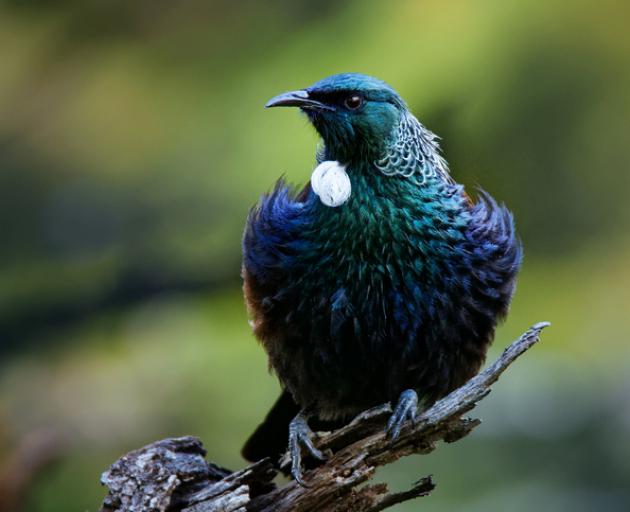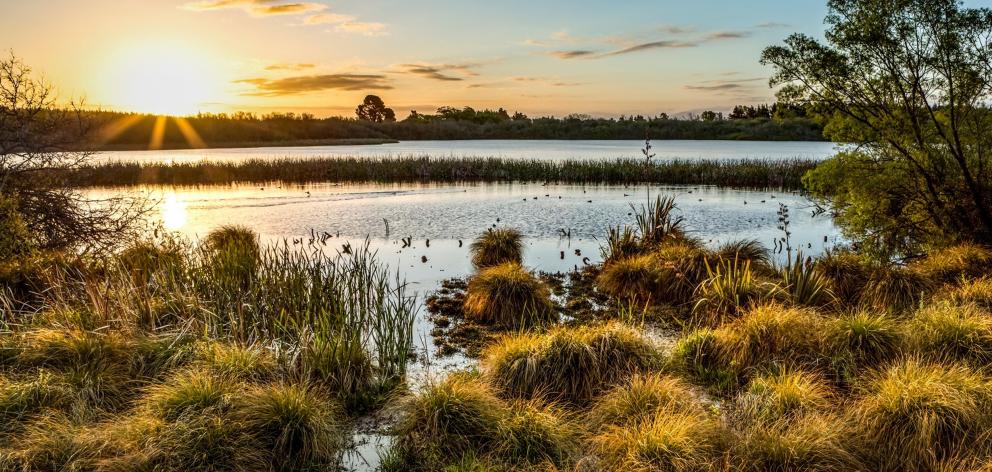
Nick Chapman, the general manager of the Te Kohaka o Tūhaitara Trust, which manages the 700ha park, says the sightings were reported late last month by a family who have lived next door to the park for 30 years.
"This was the first time they had seen Tui in the area."
Sightings in the park were extremely rare.
Former trust general manager Greg Byrnes, who is now an Environment Canterbury councillor, says he only saw one pair of Tui in the park during his 12 years in the role.
Little River bird photographer Steve Attwood has photographed Tui in his garden and says they have become more prevalent on Banks Peninsula since a Tui reintroduction programme there a few years ago.
He believes the Tui sighted in Tūhaitara Coastal Park may have come from the peninsula because they were large, bold birds and do range widely.

Waimakariri District Council pest free ranger Richard Chambers said its 'October bird count' initiative, held in the Waimakariri district’s reserves, produced no sightings of Tui
"However, I wouldn’t expect them to show up in our counts until their numbers had built up to the point where they are being reported on a more regular basis," he said.
"Waimakariri District Council and groups such as the Te Kohaka o Tūhaitara Trust are doing a great job of revegetation planting in local reserves which will create both food and nesting habitat for Tui."
But he says people can plant just one nectar-producing plant in their garden to help increase Tui numbers.
"By doing this collectively we create a forest," Richard says.
"Spring flowering plants such as kowhai and harakeke flax are immediate choices, but we need to provide food for the whole year if these birds are to stay with us."
-By Shelley Topp














